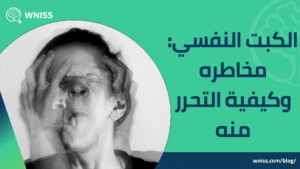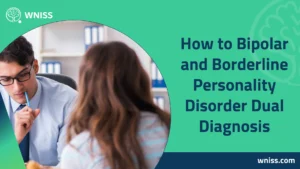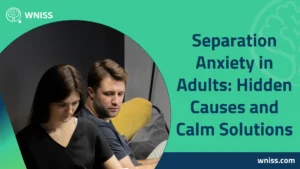PTSD symptoms are often misunderstood or overlooked, yet they represent one of the most common struggles faced by individuals who have experienced trauma. Post-traumatic stress disorder, widely referred to as PTSD, is a psychiatric condition that develops after exposure to a deeply distressing or life-threatening event. While trauma is a common experience for many, not everyone develops PTSD—but for those who do, the symptoms can disrupt every part of daily life. Recognizing and managing these symptoms early is key to recovery.
- PTSD can result from combat, accidents, abuse, natural disasters, or sudden loss.
- Emotional, physical, and behavioral changes are all part of the condition.
- Some people experience constant flashbacks, others become withdrawn or numb.
- These symptoms may appear soon after trauma or be delayed for months or even years.
Narratively, picture someone who once thrived in busy environments now avoiding crowds, jumping at loud sounds, and feeling completely disconnected from loved ones. These are not just reactions—they are PTSD symptoms, and they deserve proper attention.
Understanding PTSD Symptoms in Depth
To fully understand PTSD symptoms, one must recognize that they encompass much more than just anxiety or fear. As defined by the PTSD criteria DSM 5 TR, these symptoms are grouped into four main clusters: intrusion, avoidance, negative alterations in cognition and mood, and alterations in arousal and reactivity. Together, these symptom categories provide a clear medical and psychological framework for identifying post-traumatic stress disorder.
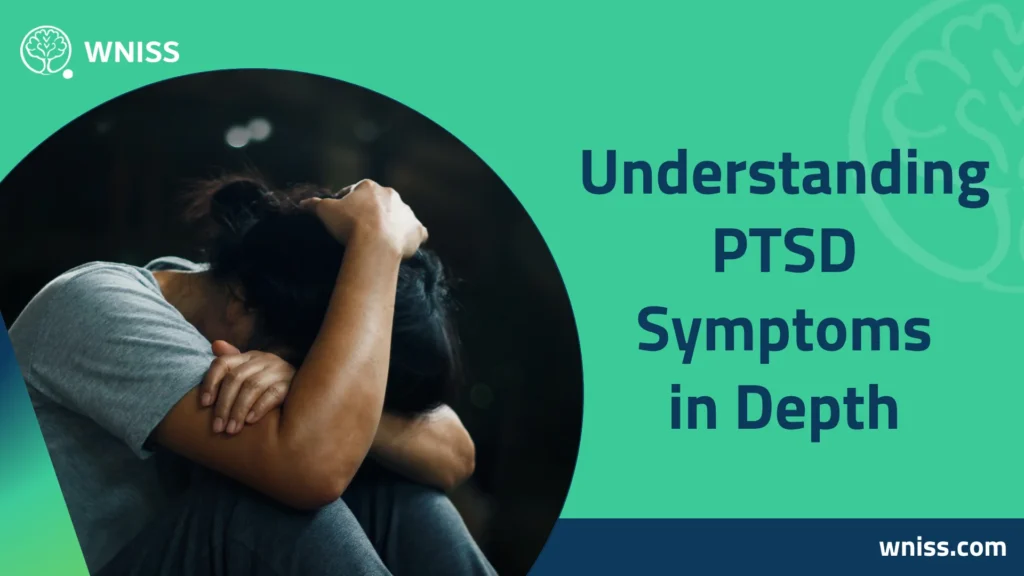
- Intrusion Symptoms involve unwanted and repeated memories of the traumatic event. These may manifest as nightmares, vivid flashbacks, or overwhelming emotional distress when reminded of the trauma.
- Avoidance Symptoms include deliberate efforts to stay away from thoughts, feelings, places, or people associated with the traumatic event. This avoidance often leads to social isolation and emotional numbing.
- Negative Mood and Cognition Changes affect the way a person thinks and feels about themselves and others. Feelings of guilt, shame, hopelessness, and emotional detachment are common.
- Hyperarousal and Reactivity Symptoms involve physical and emotional overreaction. These symptoms include being easily startled, having trouble sleeping, outbursts of anger, and hypervigilance.
Narratively, someone with PTSD symptoms might stop talking about the trauma, avoid specific locations, feel emotionally “shut off” from people around them, and react to minor stimuli with panic or rage. These patterns are often dismissed as overreactions or mood swings—but they are clear clinical indicators of post-traumatic stress disorder.
Causes of Post-Traumatic Stress Disorder and Their Link to Symptoms
Exploring the causes of post traumatic stress disorder helps explain why PTSD symptoms develop in some individuals and not others. Not everyone who goes through trauma will experience PTSD. However, a combination of genetic, psychological, and environmental factors can increase a person’s vulnerability.
Common causes of post-traumatic stress disorder include:
- Combat exposure or military service, where life-threatening situations and repeated trauma are frequent.
- Sexual or physical assault, particularly when experienced during childhood or by someone the individual trusted.
- Severe accidents, including car crashes, falls, or medical emergencies that cause lasting fear or helplessness.
- Natural disasters, such as earthquakes, floods, or fires that cause overwhelming fear and loss.
- Sudden or violent death of a loved one, which creates a deep emotional shock.
Narratively, consider someone who survives a car accident. In the months that follow, they find themselves avoiding driving, having panic attacks on highways, and replaying the event in their mind every time they hear sirens. These reactions are shaped not just by the event, but by how their brain and body have processed the trauma—and these processing failures are what lead to PTSD symptoms.
Emotional and Psychological Manifestations of PTSD Symptoms
Psychological and emotional responses to trauma are some of the most debilitating aspects of PTSD symptoms. Individuals often experience deep-seated emotional reactions that go far beyond what they can control or explain. This is where the relationship between psychology trauma and PTSD becomes evident.
Key emotional symptoms include:
- Persistent fear or helplessness, often without immediate cause.
- Emotional numbness, making it hard to experience joy, sadness, or connection.
- Intense guilt or shame, especially in those who feel they could have prevented the trauma.
- Negative beliefs, such as “I’m worthless” or “The world is completely unsafe.”
Narratively, someone might stop enjoying their favorite activities, isolate from friends, and describe themselves as feeling “empty.” These emotions are not laziness or depression—they are rooted in trauma and are classified under PTSD symptoms in modern psychiatric diagnostics.
Physical and Behavioral Signs of PTSD Symptoms
Many people forget that PTSD symptoms aren’t limited to thoughts and feelings—they also include significant physical and behavioral changes. The body often remains in a constant state of stress, even long after the danger has passed. This results in a wide range of chronic physical symptoms and daily behaviors that severely impact quality of life.
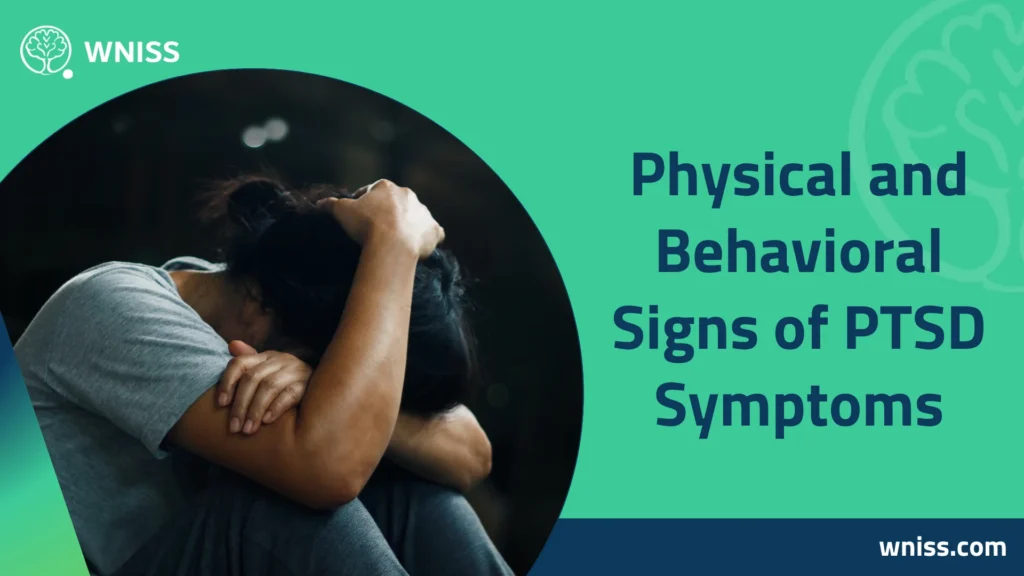
Common physical and behavioral signs:
- Sleep disturbances, such as insomnia or vivid nightmares.
- Hyperarousal, where the person remains constantly “on edge.”
- Digestive issues, fatigue, and increased heart rate due to prolonged stress hormone exposure.
- Substance abuse or reckless behavior, as a way to numb pain or escape intrusive memories.
Narratively, a person might become unusually aggressive, restless, or use alcohol to fall asleep at night. These behaviors are often misread as personality flaws, but in reality, they are survival strategies gone wrong, developed in response to trauma.
PTSD Symptoms vs. Other Mental Disorders
Some people confuse PTSD symptoms with signs of other conditions like depression or anxiety. However, PTSD has its own distinct characteristics and diagnostic framework. In fact, confusion between positive and negative symptoms of schizophrenia and PTSD can occur, especially when hallucinations or disorganized thinking appear. Yet, PTSD is trauma-induced, whereas schizophrenia involves psychotic features unrelated to trauma.
Key distinctions:
- PTSD flashbacks are vivid but tied to real events, unlike hallucinations in schizophrenia.
- Emotional numbing in PTSD may mimic negative symptoms of schizophrenia but is rooted in fear.
- Hypervigilance and avoidance are unique to trauma-related disorders.
Narratively, someone may fear they’re “going crazy” due to the vividness of their memories or detachment from reality, but understanding their symptoms as a part of post-traumatic stress disorder allows for the right treatment and support.
Managing and Coping With PTSD Symptoms
Managing PTSD symptoms involves a multi-faceted approach. The condition may not fully disappear, but its effects can be significantly reduced through therapy, lifestyle changes, and sometimes medication. Healing begins with understanding, and continues with consistent, professional support.
Effective strategies include:
- Trauma-focused therapy, such as EMDR or prolonged exposure therapy.
- Medication, especially SSRIs, to balance mood and reduce intrusive thoughts.
- Mindfulness and grounding techniques to stay connected to the present.
- Support systems, including family, friends, or peer groups.
- Lifestyle habits such as exercise, sleep hygiene, and limiting substances.
Narratively, a person who once couldn’t walk into a shopping mall due to panic might, after months of therapy, find themselves comfortable in public spaces again. Progress in PTSD recovery is often slow, but deeply life-changing.
FAQs About PTSD Symptoms
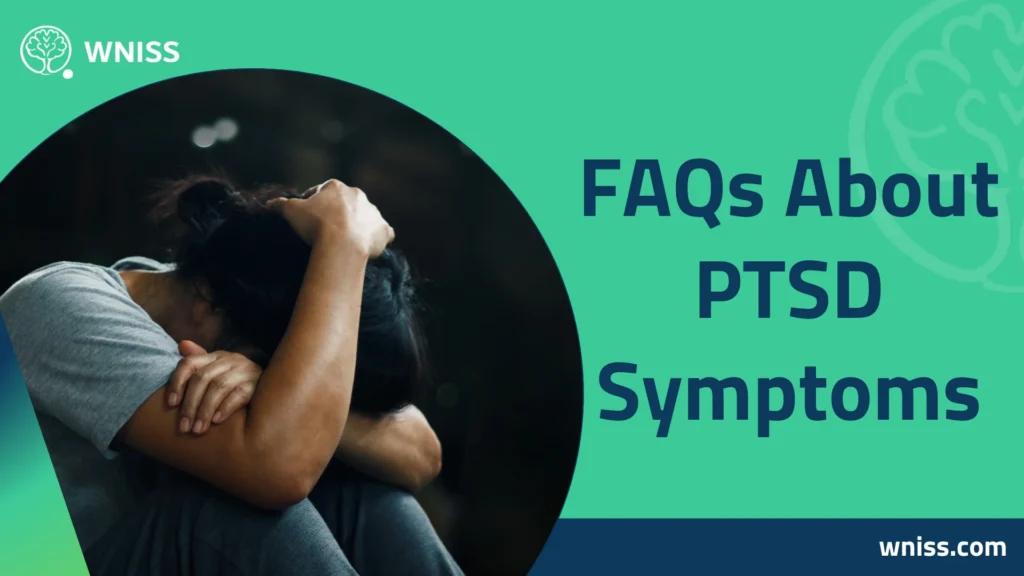
What are the 5 signs of PTSD?
Flashbacks, avoidance of trauma reminders, emotional numbness, hyperarousal (like being easily startled), and persistent negative thoughts or moods are the five most recognized signs of PTSD.
How does PTSD affect a person?
PTSD affects emotional health, physical functioning, behavior, and relationships. People may struggle with nightmares, irritability, loss of trust, anxiety, depression, and chronic physical health issues as a result of long-term stress.
What is like living with PTSD?
Living with PTSD often feels like being constantly alert, emotionally distant, and haunted by memories. Everyday activities can feel overwhelming, and the fear of triggers can dominate a person’s routine, making them avoid things they once enjoyed.
How long can PTSD last?
PTSD can last for months or even years if untreated. In some cases, symptoms improve over time; in others, they become chronic. Early intervention increases the chances of symptom reduction and recovery.
How do I know I’ve got PTSD?
If you’ve experienced trauma and now struggle with intrusive thoughts, emotional numbness, sleep issues, or fear that disrupts daily life, you may have PTSD. A professional mental health evaluation based on the PTSD criteria DSM 5 TR is essential for diagnosis.
In conclusion, understanding PTSD symptoms is crucial for anyone affected by trauma. These symptoms are not weaknesses, but signs of a brain and body trying to survive after crisis. From the causes of post traumatic stress disorder to its physical, emotional, and behavioral effects, the condition is complex but treatable. While it may overlap with other disorders such as psychology trauma or even positive and negative symptoms of schizophrenia, PTSD is unique in its origin and course. By identifying symptoms early, seeking help, and practicing effective coping strategies, individuals with post-traumatic stress disorder can reclaim their lives, reduce suffering, and begin a powerful journey toward healing.


